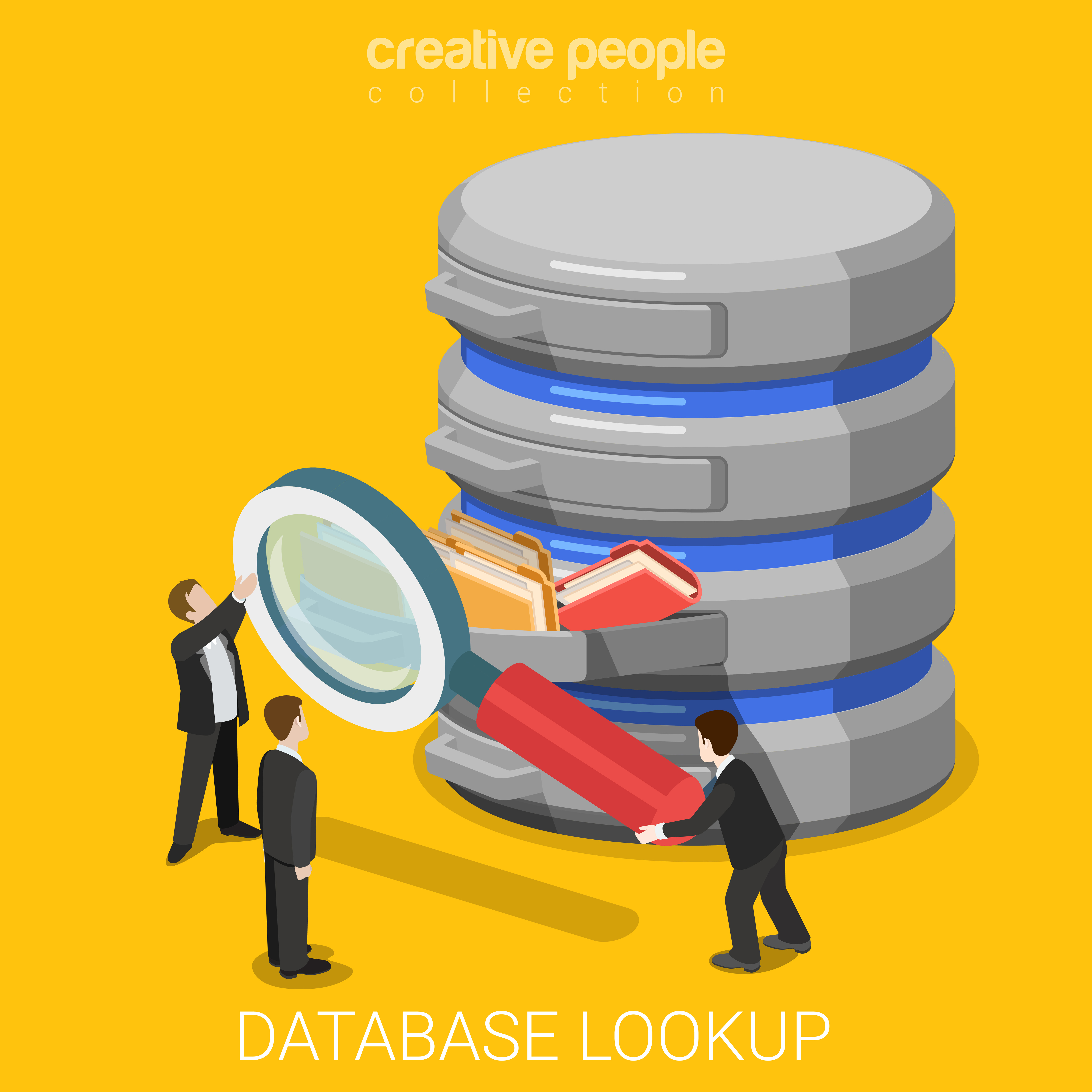Rethinking Database Security: The Forgotten Power of Normalization
 Bezyl Mophat Otieno
Bezyl Mophat Otieno
In the ever-evolving realm of cybersecurity, securing our data remains paramount. While firewalls, encryption, and AI-powered threat detection grab most attention, a fundamental principle often gets relegated to the backburner: normalization.
This blog delves into the technical aspects of data normalization and its often-underestimated role in database security, particularly in the face of modern cyber threats.
Understanding Normalization:
Normalization refers to the process of organizing data into tables based on specific rules, minimizing redundancy and ensuring data integrity. It's achieved through various normal forms, each with increasing levels of data organization and reduced redundancy.
Security Benefits of Normalization:
Reduced Attack Surface: By eliminating redundant data, normalization minimizes the amount of sensitive information exposed in any single location. This makes it harder for attackers to find and exploit vulnerabilities.
Granular Access Control: Normalization allows for defining precise access control mechanisms based on specific tables and data elements. This restricts unauthorized access to sensitive data, mitigating potential damage from compromised accounts.
Enhanced Data Integrity: Enforced data relationships and constraints in normalized databases prevent inconsistencies and errors. This makes it harder for attackers to inject malicious data or tamper with existing information.
Simplified Auditing: Well-organized data enables easier tracking of changes and identification of suspicious activity. This facilitates faster detection and response to security incidents.
Technical Considerations:
Performance Impact: Over-normalization can lead to complex queries and potentially impact performance. Striking a balance between security and efficiency is crucial.
Denormalization for Performance: In specific scenarios, controlled denormalization (introducing some redundancy) might be necessary to optimize performance for certain queries.
Schema Design Complexity: Designing and maintaining normalized databases requires careful planning and expertise in data modeling and SQL.
Normalization in the Modern Security Landscape:
While not a silver bullet, normalization plays a vital role within a layered security approach. It complements other measures like encryption, access control, and intrusion detection systems by:
Reducing the potential impact of successful attacks: Even if an attacker breaches a specific table, the damage is limited due to minimized redundancy.
Mitigating SQL injection risks: Well-defined foreign keys and constraints can prevent malicious data from being injected into different tables.
Limiting lateral movement: Granular access control based on normalized data restricts attackers' ability to move laterally within the database.
Conclusion:
Data normalization, despite being a longstanding principle, remains a valuable tool in the modern security arsenal. By understanding its strengths and limitations, you can leverage its power to enhance database security and safeguard your valuable data against evolving cyber threats.
Subscribe to my newsletter
Read articles from Bezyl Mophat Otieno directly inside your inbox. Subscribe to the newsletter, and don't miss out.
Written by

Bezyl Mophat Otieno
Bezyl Mophat Otieno
Tech-Savvy | Software Engineer | Enthusiastic Learner | Creative Problem Solver with a Dash of Humor | AI & Cutting-Edge Tech Enthusiast | Passionate Technical Article Writer.